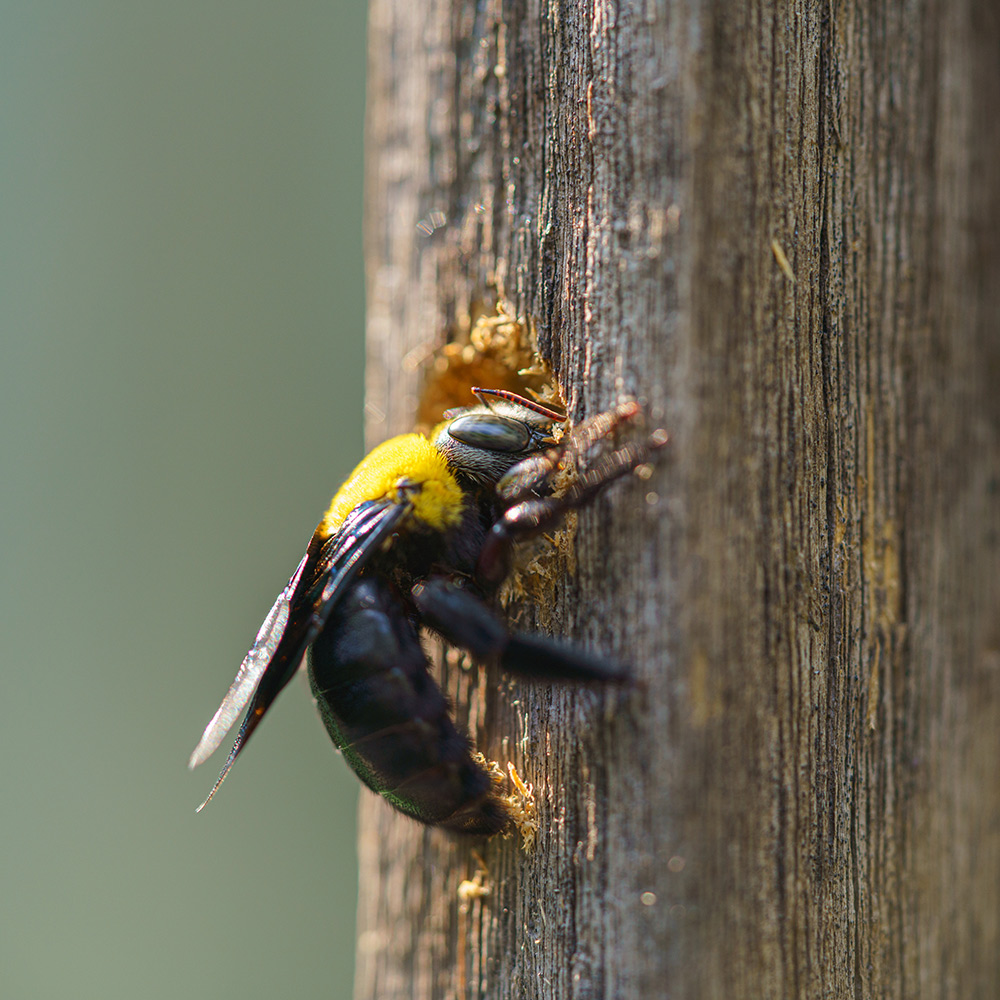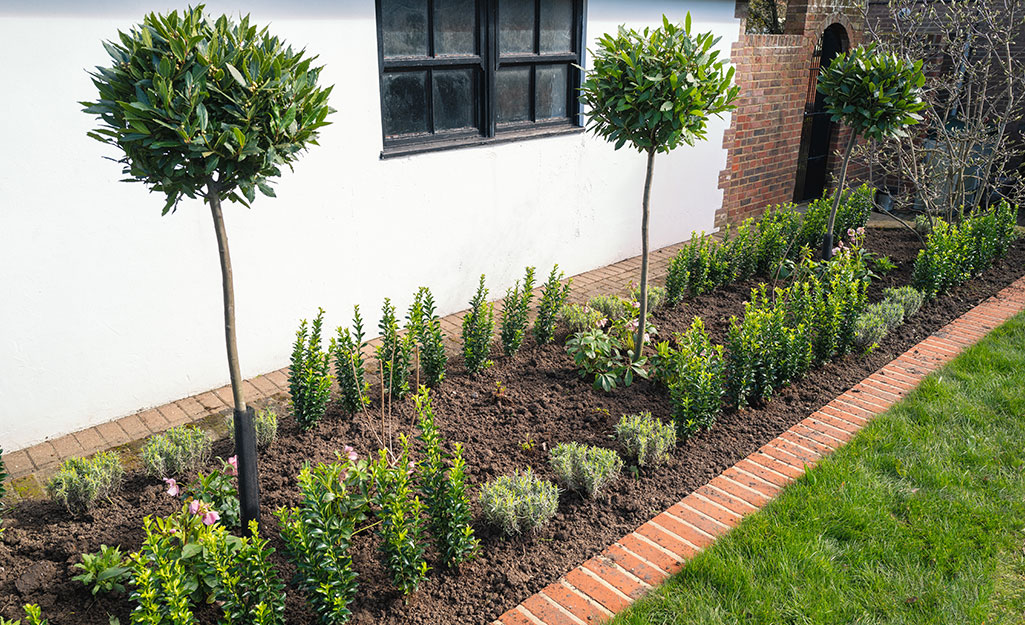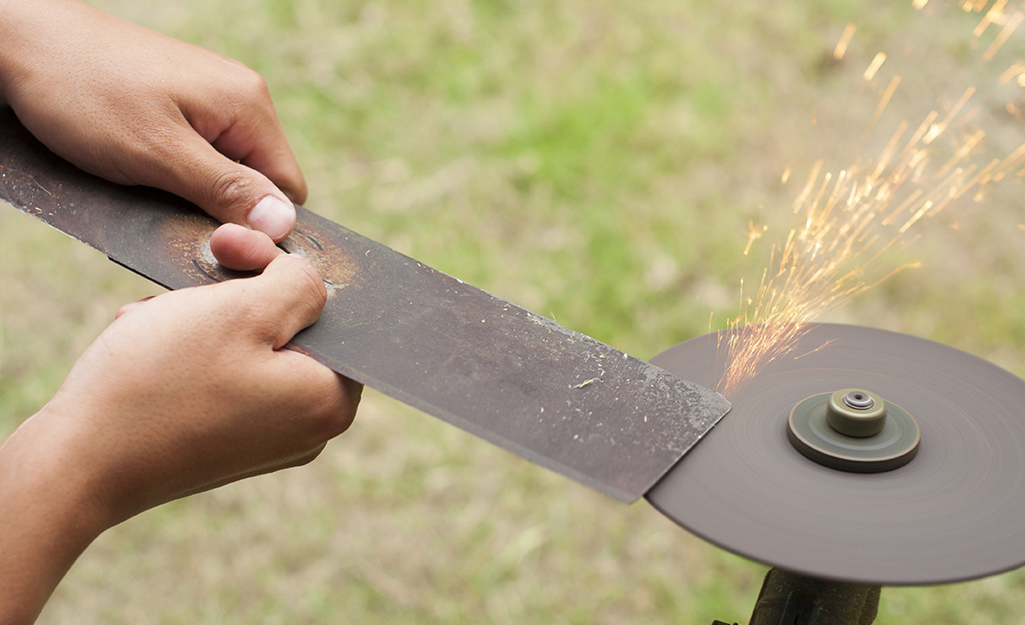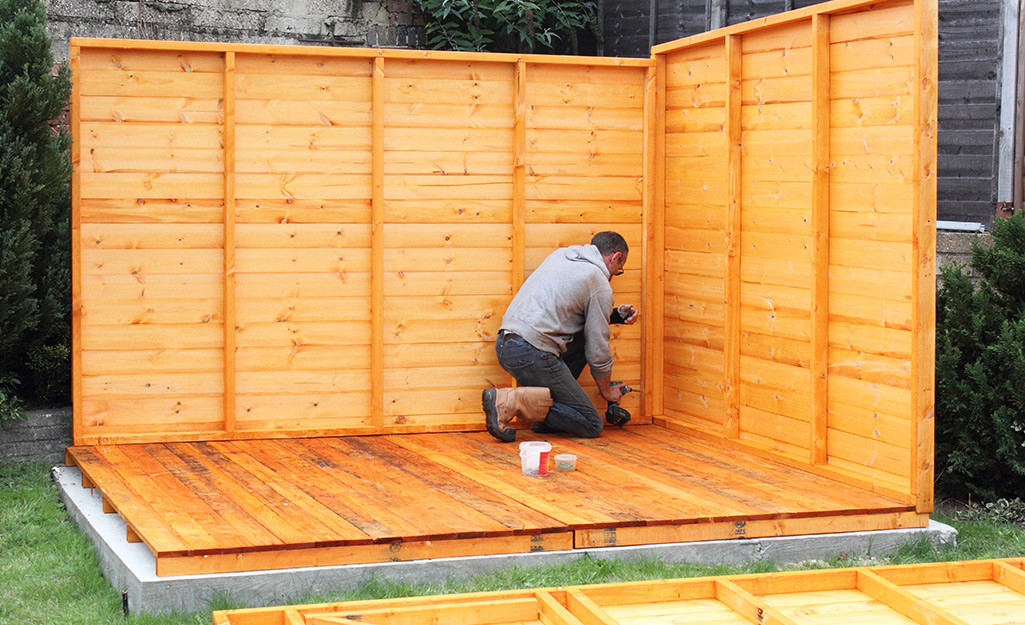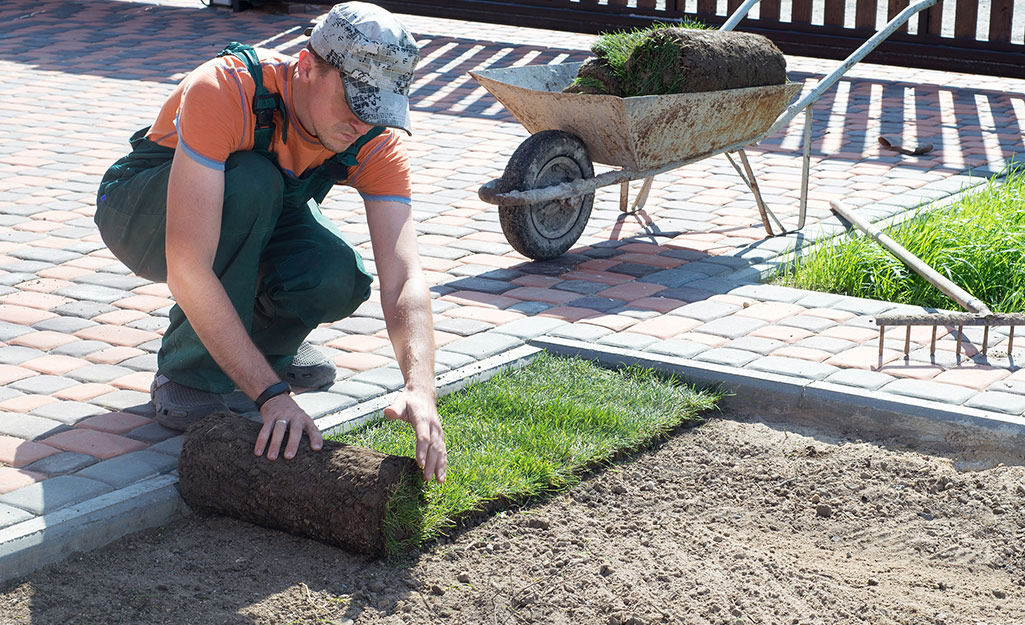
Do you have what you need to make your garden grow?


Garden Center
Store Hours
Mon-Sat:
6:00am - 10:00pm
Sun:
7:00am - 8:00pm
Curbside:
09:00am - 6:00pm
Location
Shop Outdoor and Garden Supplies Near You
Shop Plants Online
Garden Project Calculators
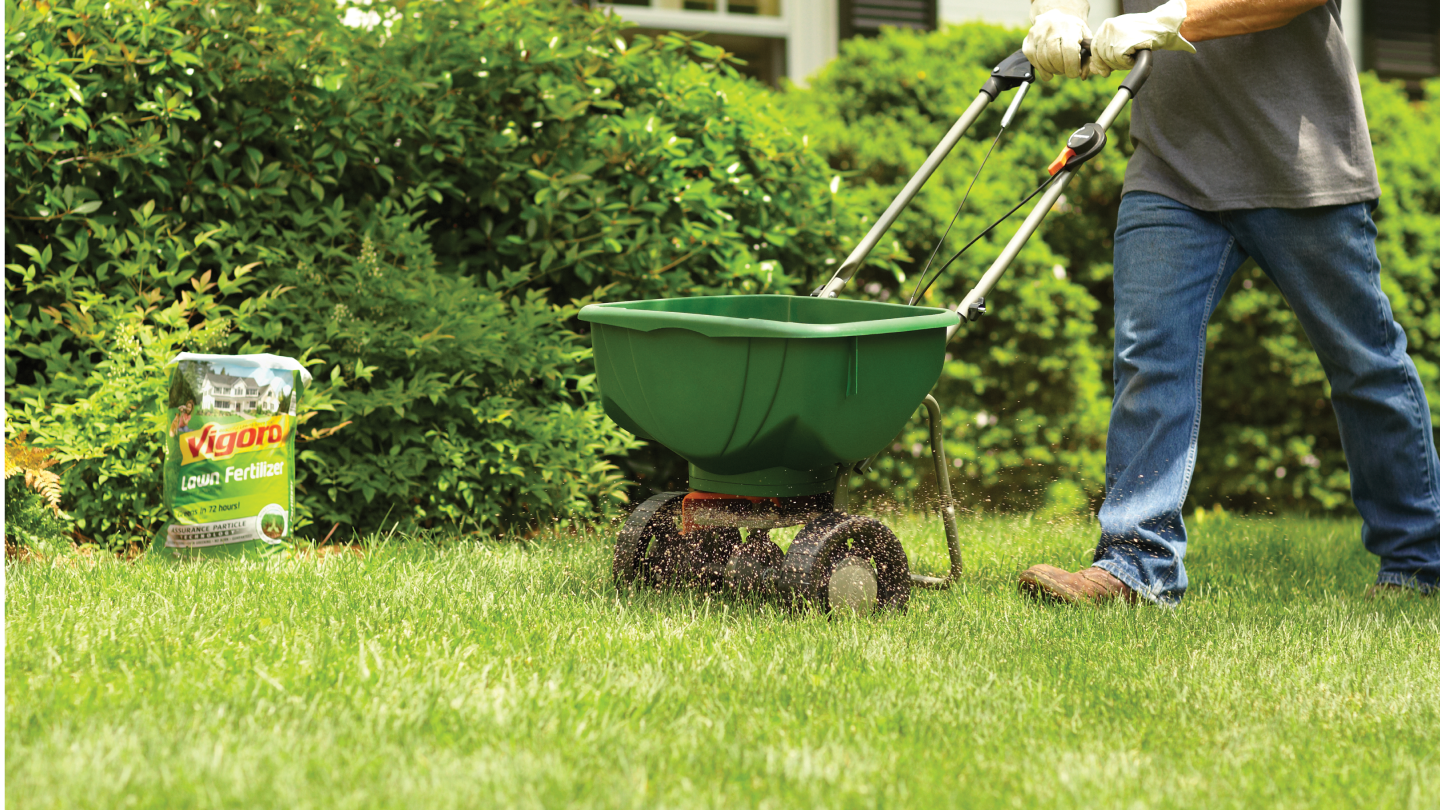;Resize=(703,395.44))
Grass Seed Calculator
When you're ready to seed your lawn, our calculator helps you estimate the amount of grass seed you'll need to get the job done.
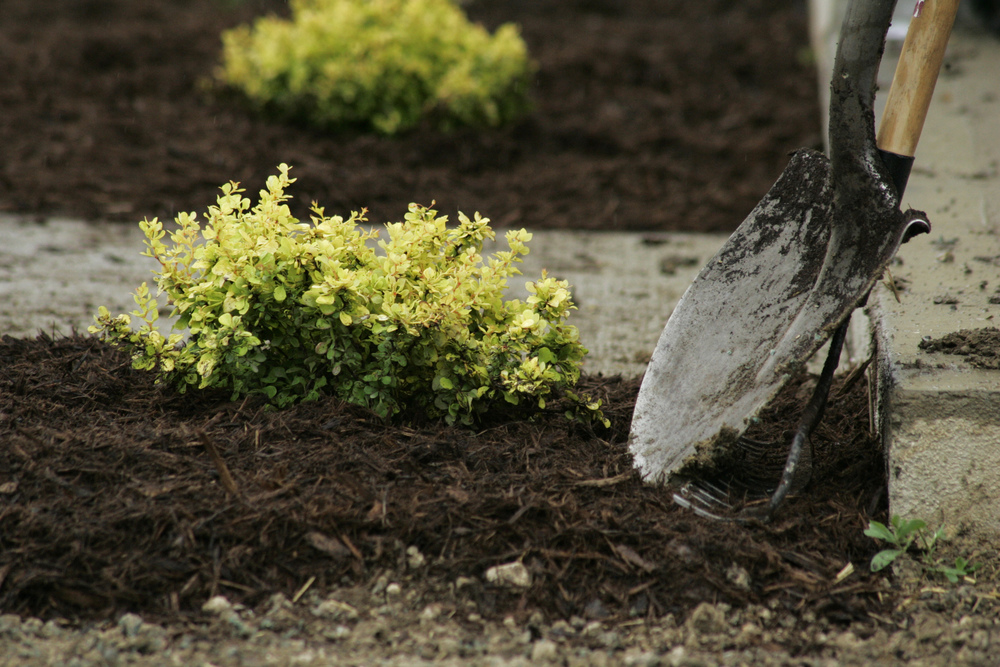;Resize=(703,395.44))
Mulch Calculator
Enter your preferred material, the square footage and mulch depth of the coverage space for accurate results.
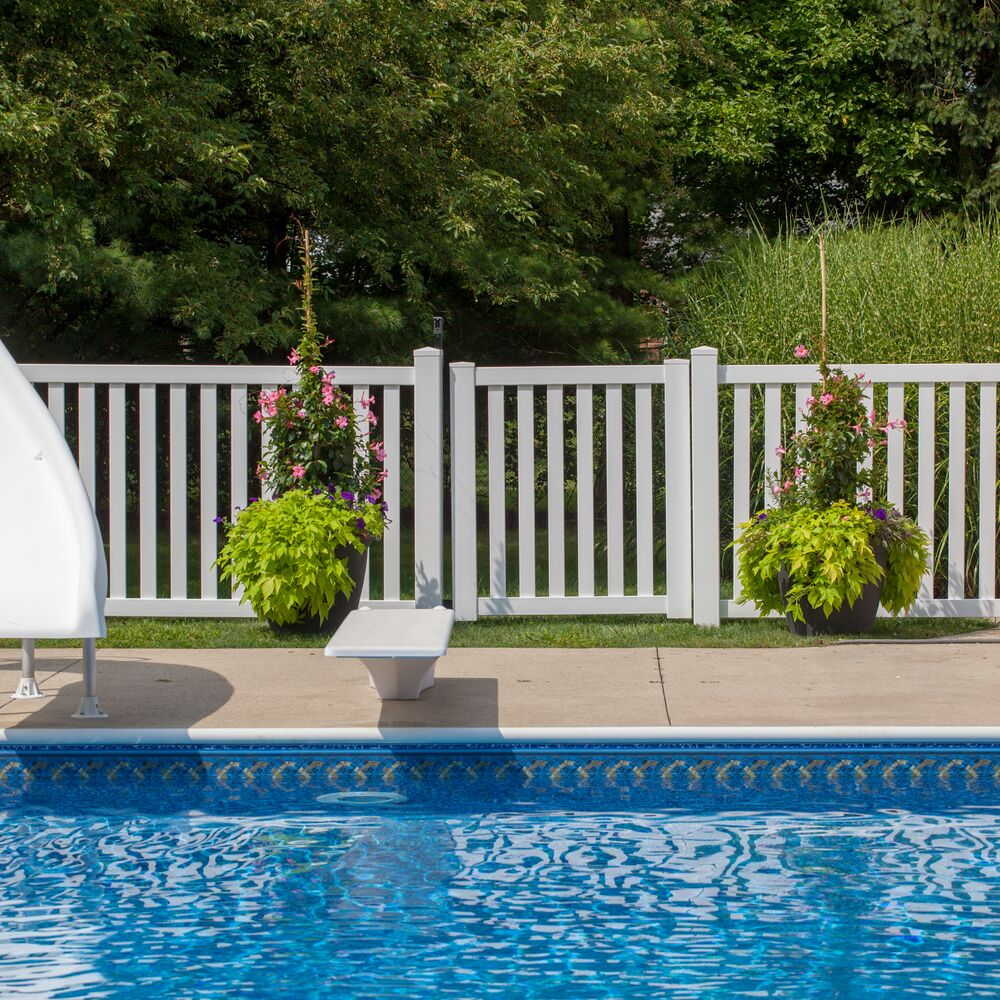;Resize=(703,395.44))
Fencing Calculator
We'll calculate the amount of fencing you should purchase based on your property needs.
Shop Outdoor and Garden Brands
Frequently Asked Questions About Gardening
Can I plant my fall vegetables in September?
If you're planting seeds for fall or winter gardening, get them in by late summer. Warm climates can plant later in the year than cold climates. You may be able to grow cruciferous vegetables and leafy greens throughout the fall and into winter if the weather stays mild. Check your planting zone for details on specific plants and your growing season, then read up on how to plant a fall vegetable garden.
Should I get a wood chipper or a wood splitter?
A wood splitter leaves you with more manageable chunks of wood, while a wood chipper makes tiny wood chips. After pruning trees and bushes with a gas chainsaw or hedge trimmers, clean up the debris in a wood chipper. If your trees are healthy, the chopped wood makes mulch that you can spread around your fall flowers and plants. If you removed a tree, you can either get an axe or a log splitter to divide the wood into smaller pieces. A wood splitter is quicker and a wise investment if you're doing a vast amount of tree cleanup, and the bigger the splitter, the better.
Is it better to use a rake or leaf blower on fall leaves?
If you'd prefer to use power tools to keep fallen leaves under control, shop our leaf blowers. Electric versions come as cordless or corded leaf blowers. We've also got handheld, walk-behind, and backpack leaf blower models. Leaf vacuums, vacuum-mulcher combo units, or rakes are additional options. Let the gathered leaves turn into mulch and enrich your soil or fill up lawn bags and take them out to the curb.
How do I store my garden tools for the season?
To make next spring easier, clean your garden tools before you store them. Remove dirt and grime with a soak in soapy water, then dry the tools thoroughly. Next, soak them in a water and bleach mix for 20 minutes to disinfect them, and follow with a rinse. Then, scrub off rust specks with a wire brush, oil them with vegetable oil or WD-40 if necessary, and ensure they're dry before hanging them in a shed or garage.
How do I prep my pool for winter?
Once the heat of summer dissipates, winterize your pool before the cold really moves in. Clean and vacuum the pool with a special pool vacuum, then drain the water. Use a swimming pool cover to help prevent the pipes or even the pool wall itself from becoming weakened or cracked if water freezes and expands inside. While you're at it, drain and cover outdoor faucets and sprinkler systems, too.
Do I get a snow blower or snow shovel?
In climates where it gets cold and snowy, early fall is the time to prepare your snow removal equipment. Snow blowers are great, but keep a snow shovel and ice scraper to clean trouble spots or chip away ice patches. Find one-, two-, and three-stage snow blowers in electric and gas options. Rock salt and ice melt can clear walkways with less effort and help keep you safer when you make quick trips to the car. Prepare now before the snow starts falling.
Garden Project Ideas
The Home Depot Garden Center at Matteson
Fall is a different time for your lawn and garden, so get out your work gloves, pole saws, and chainsaws. The focus shifts from growing to harvesting, from upkeep to cleanup. We've got fall lawn tips to help you make the most of your landscaping and garden as the season ends. We'll also guide you through planting and fall harvest. Depending on your climate, you might be able to garden throughout the chillier months. Read on for more on fall lawn and garden maintenance.
Patch or Fertilize Your Lawn
Repair bald spots on your lawn by spreading fresh grass seed. Cooler weather is a great time to fill in brown or bare places in your yard. However, make sure leaves don't land on freshly seeded areas. New grass seed needs air, water, and sun to grow, and leaf litter can block out the air and sunlight it needs to germinate.
If you're in a northern climate, prepare your cool-season grass for the fall with lawn fertilizer. Aerate your lawn before adding fertilizer to get the most bang for your buck. An edger gives extra polish to the perimeter of your yard. Water your cool-season lawn regularly and tend to any pesky weeds that show up. It'll need different maintenance than warm-season grass, which goes dormant as the weather cools. Taper down watering on warm-season lawns.
Plant Flower Bulbs
If you've got your eye on spring-blooming bulb plants, get those planted soon. Although their roots look different because they sprout from bulbs and not just below the stem, they still need time to grow downward. Check your plant hardiness zone before planting. In colder climates, certain bulb flowers should be planted in spring instead. Plan your daffodil, tulip, and iris displays now. Garlic and onions can go in, too, for next spring's harvest, but they won't need soil additives.
Try using retaining wall blocks to surround or accent your garden. A beautiful garden wall or hardscaping gives a finished look, especially when you spread a layer of rubber mulch. It'll overwinter well and resist fading longer than other mulches.
Encourage deep roots by sprinkling bone meal in the surrounding soil before you plant the flowers. Only apply the recommended amount and follow the instructions on the package. If you don't, you may end up with a tulip plant with one gigantic leaf and no flowers, for example.
There are a few instances where you can use something else and skip the bone meal. If you've already got exceptionally healthy soil that's chock full of compost and rich nutrients, just plant the flower bulbs. Superphosphate is an option if your dog tries to dig up the bone meal and bulbs. It's also wise to use the phosphate if your property has raccoons, mice, or squirrels who may want to dig up the bulbs and bone meal for a snack.
Cut and Cover Perennials
In climates where you might have a cold snap and then warm up above freezing, cover your plants. Protect your garden from frost and freeze damage to extend their season. You can get extra life out of your garden by covering your plants with buckets, tarps, or even painting drop cloths. It'll warm your plants like a greenhouse, and they'll survive a frost.
This works well when the weather is still transitional, until you're fully into the colder parts of the season. Uncover the plants in the morning when the thermometer goes up again and let them enjoy that autumn sunshine. Once the temperatures regularly dip below freezing, it's time to bid a fond farewell to the garden for now.
Put the Garden to Bed
When the sun angle changes and your annuals start looking rougher, dig up the plants. Northern climates that get cold earlier in the fall may be putting the garden to bed for the season in October or November. After your annuals are done blooming for the year, dig them up and dispose of the dead plant debris. Feel free to let them decompose to enrich the soil unless you had one of two exceptions: if your plants dealt with disease or if you had a slug problem.
If your garden is prone to snails, you'll want to let the old plant matter decay elsewhere. Snails and slugs dine on decaying plants. Moving those plants to another location will help prevent your garden from being overrun by these creatures in the spring. Although snails and slugs are often considered garden pests, they're still part of the ecosystem, so relocate them elsewhere if you can. As for the exception of your plants struggling with disease or blight, simply pack up those dead plants in the lawn bag to avoid passing any issues on to next year's crop.
After you've removed the old plants, you've got a clean slate. Prepare your garden bed for the spring by rotating the soil with a shovel or renting a rototiller. You want to send the topsoil down, bring up the deeper soil, and loosen the earth. It lets the soil rest and helps nutrients penetrate. It's also an excellent opportunity to test the soil and see what, if any, soil amendments you need. Different crops and plants use different nutrients. Test your soil to see if it's balanced or if you ought to replenish certain nutrients that have been depleted.
Indoor Gardening
Gardeners with potted plants can extend their growing season by bringing the plants indoors to a sunny window. Indoor gardening allows both outdoor plants to live longer and indoor plants to bring joy into your home. Just rotate them regularly to give all those leaves equal sunlight for photosynthesis, and make sure they get enough water. Remember to place decorative dishes beneath them if the pots don't have built-in overflow dishes to catch any extra water.
Warm the Outdoors with a Patio Heater
Stretch out your fall evenings with a fire pit, patio heater, or outdoor fireplace to take off the chill. No matter if you're looking for outdoor heaters for decks, small patios, or cozy porches, we've got options. All you have to do is find the one that matches your decor style.
We've got fire bowls and fire pit tables ready to warm your outdoor space. Check out stylish propane and natural gas fire pits in a variety of shapes. We've also got woodburning fire pits and the firewood to stoke them. You can even build your own with fire pit kits or make it completely custom and build an in-ground fire pit to fit your vision with pavers that lead to and surround the pit. Stop by your closest garden center to see what's in stock.
Ease Into Fall
This fall, prepare your yard for the change of season with us. We've got everything you need for leaf cleanup, putting the garden to bed, and restoring nutrients to your soil so it's ready for next spring. Shop our wide variety of outdoor living products and fall garden care in your local store, online, or in our mobile app.
Nearby Stores
Find Another Store
20101 Lagrange Road
Frankfort, IL 60423
5.93 mi
Mon-Wed: 6:00am - 9:00pm
Thu: 6:00am - 10:00pm
Fri: 6:00am - 10:00pm
Sat: 6:00am - 10:00pm
Sun: 7:00am - 8:00pm
17845 Halsted St
Homewood, IL 60430
6.44 mi
Mon-Sat: 6:00am - 10:00pm
Sun: 7:00am - 8:00pm
7300 W 159th St
Orland Park, IL 60462
7.18 mi
Mon-Sat: 6:00am - 10:00pm
Sun: 7:00am - 8:00pm
)
)
;Resize=(300,300))
)
.jpeg?im=Crop,rect=(363.69230769230774,1.2307692307692308,958.7692307692308,958.7692307692308);Resize=(300,300))
;Resize=(300,300))
;Resize=(300,300))
;Resize=(300,300))
;Resize=(300,300))
)
)
)
)
)
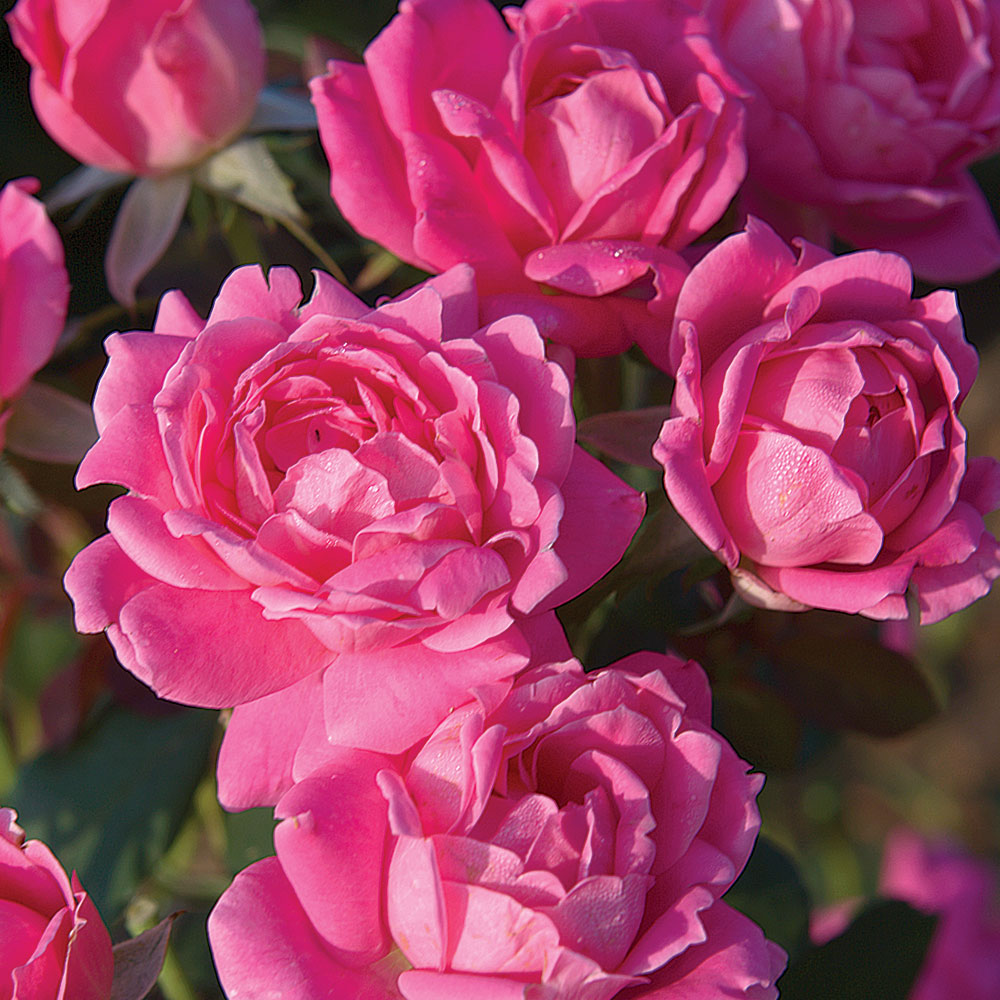)
)
)
)
;Resize=(300,300))
;Resize=(300,300))
)
)
)
)
;Resize=(300,300))
)
)
;Resize=(300,300))
;Resize=(300,300))















